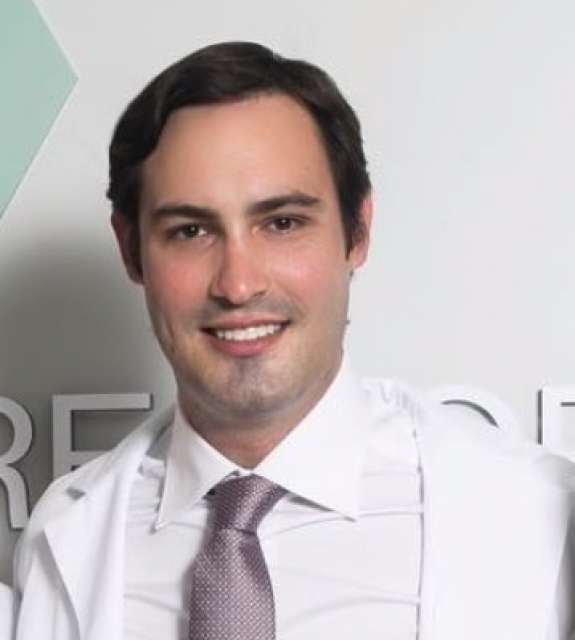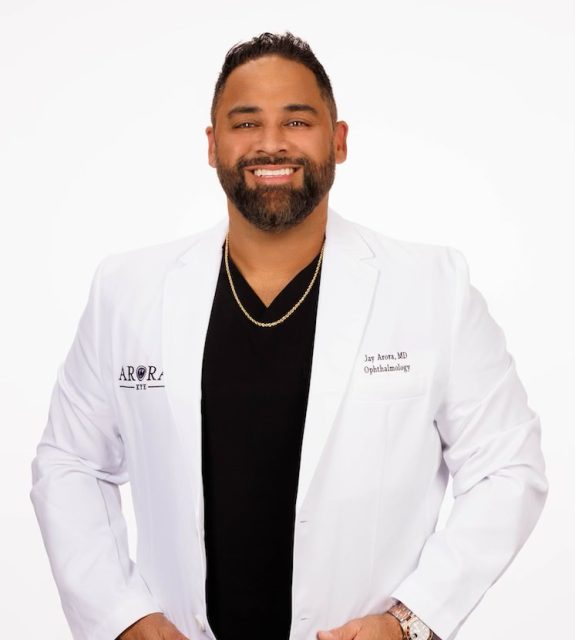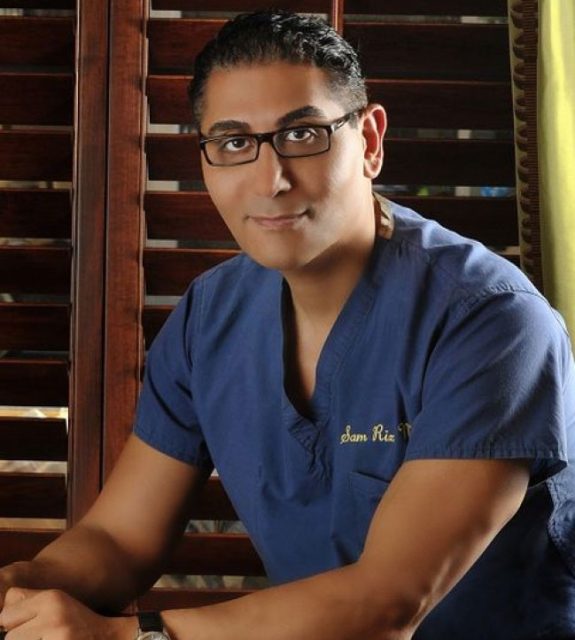Breast augmentation is the most popular cosmetic surgery procedure year after year, and Dr. Gabriel Chiu of Beverly Hills Plastic Surgery explains what you need to know before you get implants—and what to expect afterwards.
As far as plastic surgery procedures are concerned, breast augmentation has one of the highest satisfaction rates. An overwhelming majority of patients are thrilled with their results, which requires planning in the form of a number of decisions, including the type, shape and size of their implants. Breast augmentation is not to be taken likely, and the process can take up to a few months between your initial consultation and seeing your new and improved shape. It’s important to keep in mind that the process isn’t over once recovery is complete, and there are several post-surgical considerations to keep in mind before you commit—so you’re not caught off-guard in the future.
First and foremost, breast implants are not designed to last a lifetime, and they need to be replaced every 10 to 20 years. Pregnancy, weight fluctuations, hormonal changes, gravity and the natural aging process can impact breast appearance after augmentation, so the results you see immediately after surgery will likely change in the years to come. If you’re in your 20s, it’s also possible that you may desire a different “look” when you’re in your 40s—and this applies to breast augmentation patients at any age. Be sure to think beyond “right now,” and consider what you may find more aesthetically pleasing down the line.
Breast cancer screening is a must, whether you have implants or not. Depending on your age and other risk factors, it’s essential to follow your primary care physician or OB/GYN’s mammography recommendations, and when you have implants it’s best to find a radiologist with experience screening women who have undergone breast augmentation. You must also keep in mind that additional views or MRI scans may be necessary for thorough screening when you have implants.
After breast augmentation, you need to keep an eye out for breast changes. If you have saline implants, any decrease in size indicates a rupture. It is more difficult to identify a leak when you have silicone implants, which is why you must be willing to see your plastic surgeon for recommended follow-up visits. If you notice any hardening or a change in shape of your breasts, this can be the result of capsular contracture (or the formation of excess scar tissue) which may require intervention.
Though extremely rare, the FDA has recently identified a possible link between breast implants with a textured shell and a rare type of cancer called ALCL. This is not breast cancer, but rather a cancer of the immune cells that is highly treatable in most patients (especially when caught early). Be sure to contact your plastic surgeon if you notice swelling, fluid collection or any other unexpected breast changes.
With all of this said, breast augmentation is an extremely safe procedure that delivers significant improvement in both the appearance of your body and your quality of life. Selecting a board-certified surgeon who uses FDA-approved implants is your best bet for optimal outcomes, as well as the necessary post-procedure monitoring for years to come. But as with any plastic surgery, it’s important to consider the effects this procedure will have on your life moving forward to avoid any surprises down the line. Ask virtually any woman who has breast implants and she’s likely to tell you it’s all worth it.





















